Every time you pick up a new prescription, there’s a small paper insert tucked inside the bottle. It’s easy to ignore. But that little guide could be the difference between staying safe and ending up in the hospital. Medication interaction warnings aren’t just fine print-they’re life-saving instructions written in plain language, and learning how to read them properly is one of the most important things you can do for your health.
What You’re Actually Looking At
Medication guides aren’t the same as the small leaflet that comes with over-the-counter painkillers. These are official FDA-mandated documents that come with high-risk prescription drugs like blood thinners, antidepressants, heart medications, and opioids. They follow strict formatting rules so you can find critical info fast.The FDA requires three key sections to stand out:
- Warnings - These are the big red flags. They tell you when to never take the drug. Look for phrases like "Do not take if..." or "Avoid completely." These are often in bold or set apart in a box.
- Drug Interactions - This section lists every other medication, supplement, or food that could cause a problem. It doesn’t just say "avoid grapefruit." It explains why-like how grapefruit blocks enzymes that break down the drug, causing toxic levels to build up in your blood.
- How Supplied - This isn’t just about packaging. It tells you how to store the drug. Some meds lose effectiveness if they get warm or humid. Others can’t be mixed with certain liquids. Ignoring this can make your treatment useless-or dangerous.
For example, if you’re on warfarin, your guide will warn you about NSAIDs like ibuprofen. Why? Because together, they raise your risk of dangerous bleeding by 70-100%. The guide won’t just say "avoid." It will say: "Do not take with NSAIDs. Bleeding can be fatal." That’s not a suggestion. That’s a warning.
Understanding the Severity Levels
Not all interactions are created equal. Medication guides use clear, standardized language to tell you how serious a risk is:- Contraindicated - Don’t take it. Period. This means the combination can cause death or permanent damage. Examples: taking fluoxetine with MAO inhibitors, or simvastatin with clarithromycin.
- Major - High risk of serious side effects. You might still take both, but only under close supervision. For example, combining sertraline and tramadol can trigger serotonin syndrome-a potentially fatal condition.
- Moderate - Watch for symptoms. Your doctor may adjust doses or space out timing. Many food-drug interactions fall here, like grapefruit juice and blood pressure meds.
- Minor - Low risk. You probably don’t need to change anything, but it’s still good to know.
These labels aren’t arbitrary. They’re based on real data. The FDA requires drug makers to prove interaction risks through clinical studies. For instance, simvastatin’s interaction with clarithromycin isn’t just a theory-it’s been shown to increase drug levels in the blood by 10 times, raising the chance of muscle breakdown (rhabdomyolysis) from 0.04% to 0.4% per year. That might sound small, but for someone taking it long-term, it’s a real threat.
The Hidden Culprits: OTCs and Supplements
Most people think they’re safe as long as they avoid other prescriptions. They’re wrong.According to the FDA’s own data, 37% of serious drug interactions involve over-the-counter meds or supplements. That’s more than half of all cases. Here’s what people overlook:
- St. John’s Wort - This herbal supplement for depression can make birth control, antidepressants, and even heart medications stop working. It’s in nearly every pharmacy aisle.
- Calcium and iron supplements - These can block absorption of thyroid meds like levothyroxine. If you take them at the same time, your thyroid levels stay low-no matter how much you take.
- Antacids - Tums or Pepcid can interfere with antibiotics like ciprofloxacin and thyroid meds. The fix? Take them 2-4 hours apart.
- Vitamin K-rich foods - If you’re on warfarin, sudden changes in spinach, kale, or broccoli intake can throw off your INR levels. The guide says "avoid grapefruit," but doesn’t always mention that one glass of juice can spike your INR by 1.5-2.0 within 24 hours.
Dr. Joseph Grillo from Northeastern University says the biggest mistake patients make? "They don’t tell their doctor about the vitamins they take because they think it’s not medicine." But it is.
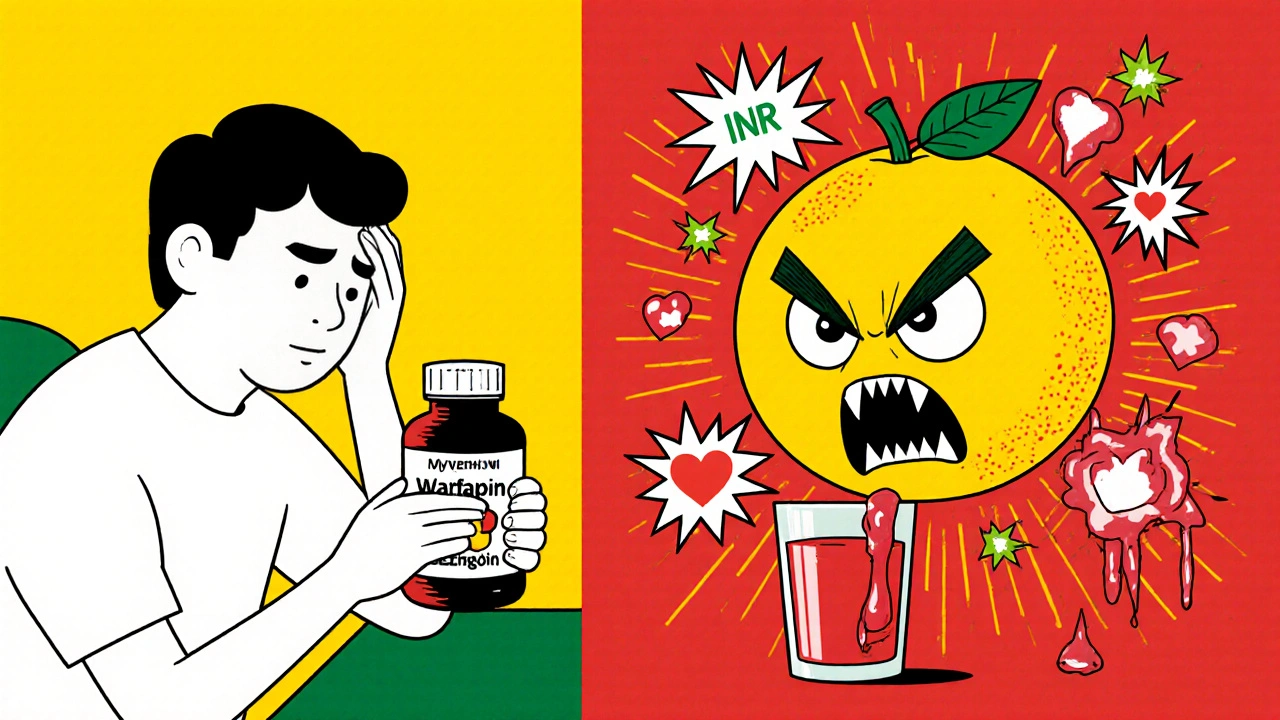
How to Actually Use the Guide
Reading the guide isn’t enough. You need a system.Here’s a simple four-step process used by pharmacists and patient safety programs:
- Make a full list - Write down every pill, patch, cream, vitamin, and herbal product you take. Include the dose and how often. Don’t forget the aspirin you take once a week for heart health.
- Match each drug to its guide - Pull out every medication guide you’ve ever received. Find the "Drug Interactions" section. Look for your other meds on the list.
- Check for timing - Some interactions aren’t about mixing drugs-they’re about when you take them. For example, taking levothyroxine with coffee or calcium can reduce absorption. The fix? Take it on an empty stomach, 30-60 minutes before food or other meds.
- Ask your pharmacist - They have access to digital interaction checkers updated quarterly. Show them your list. Say: "Do any of these interact?" Don’t wait for them to ask.
A 2021 study in the Annals of Pharmacotherapy found that simply spacing out doses by 2-4 hours reduced moderate interactions by 60%. That’s a free, easy fix.
What the New Rules Mean for You
Starting January 1, 2025, every new drug approved in the U.S. must include a QR code on its medication guide. Scan it with your phone, and you’ll get an interactive version-complete with voice reading, video explanations, and real-time interaction alerts based on your full medication list.This isn’t science fiction. The Mayo Clinic tested it with over 15,000 patients and cut interaction incidents by 42%. The FDA is rolling it out because older paper guides are failing. A 2022 survey found that 78% of patients read their guides-but only 32% could correctly identify a major warning. The new digital guides fix that.
Also, by December 2025, all medication guides must use standardized language:
- "Contraindicated" - Never take together.
- "Avoid" - Strongly discourage unless absolutely necessary.
- "Use with Caution" - Monitor closely.
No more vague terms like "possible interaction" or "use carefully." These words are being retired because they confuse people.
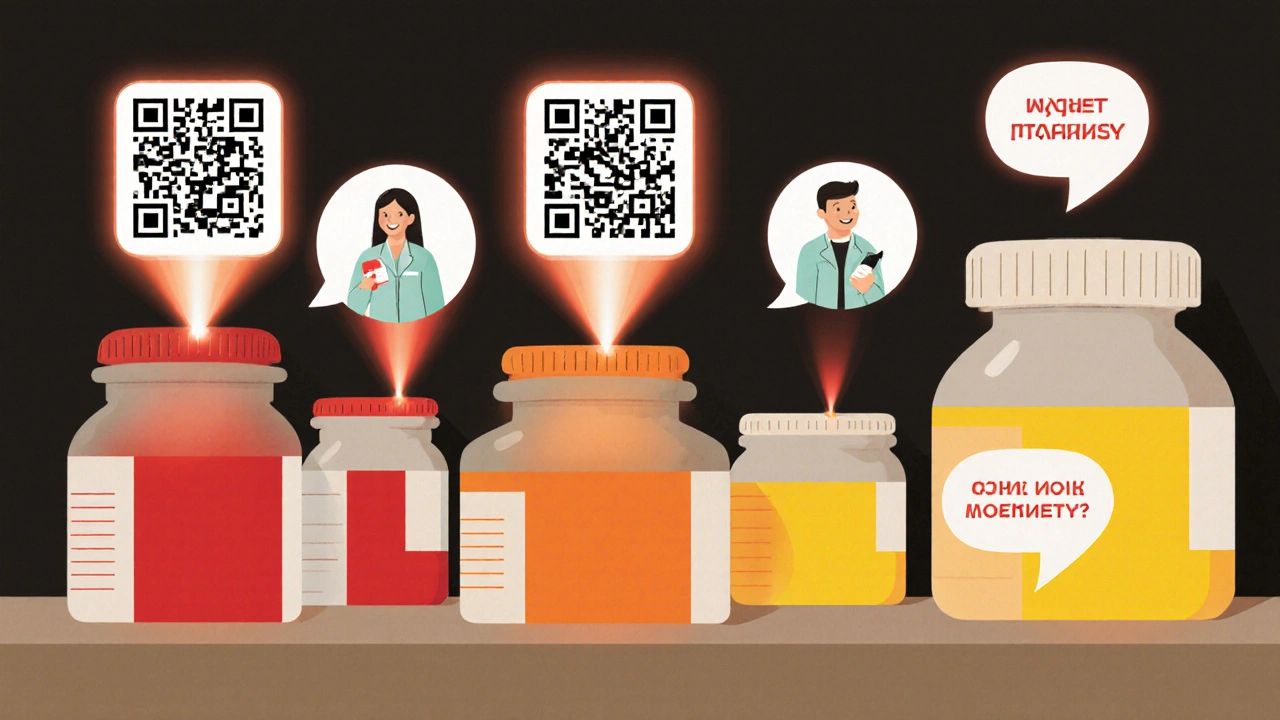
Real Stories, Real Risks
On Reddit, a user named MedTechSarah avoided serotonin syndrome after spotting the warning on both her sertraline and tramadol guides. She called her doctor right away and switched to a safer painkiller.Another user, ChronicPainPatient, was confused why his warfarin guide said "avoid grapefruit" but didn’t mention juice. He called his pharmacist, who showed him a study proving one glass could spike his INR. He now drinks orange juice instead.
These aren’t rare cases. They’re everyday mistakes-and they’re preventable.
What to Do Right Now
Don’t wait for your next appointment. Here’s your action list:- Find every medication guide you have. Even the old ones.
- Write down every drug, supplement, and OTC product you take.
- Check for "Do not take if..." and "Avoid..." in each guide.
- Take your list to your pharmacist. Ask: "Are any of these dangerous together?"
- If you get a new prescription, don’t skip the guide. Read it before you take the first pill.
You don’t need to be a doctor to understand these warnings. You just need to pay attention. And now, with clearer labels and digital tools, you have everything you need to stay safe.
What should I do if I see a drug interaction warning I don’t understand?
Don’t guess. Call your pharmacist or doctor. Pharmacists are trained to explain interaction warnings in plain language. You can also ask for a printed summary or use the new QR codes on medication guides-they link to interactive tools that break down the risk in simple terms.
Can I just ignore minor interaction warnings?
Minor doesn’t mean harmless. It means the risk is low under normal conditions-but it can become serious if you’re older, have kidney or liver problems, or take multiple drugs. Always mention even "minor" interactions to your doctor. They might adjust your dose or timing to reduce risk.
Why do some medication guides say "avoid grapefruit" but others don’t?
Not all drugs are affected by grapefruit. Only those metabolized by the CYP3A4 enzyme-like certain statins, blood pressure meds, and immunosuppressants. The guide only warns you if your specific drug is affected. If you’re unsure, check your drug’s name against the FDA’s list of grapefruit-sensitive medications or ask your pharmacist.
Do generic drugs have the same interaction warnings as brand-name ones?
Yes. By law, generic drugs must have the same active ingredient, dosage, and interaction warnings as the brand-name version. But sometimes, the wording is less clear. Always read the guide that comes with the generic version. If it’s confusing, compare it to the brand-name guide or ask your pharmacist.
Is it safe to take supplements with my prescription?
Not unless you check. Supplements aren’t tested the same way as prescription drugs, so their interactions are often poorly documented. But they still affect your body. St. John’s Wort, garlic pills, and even high-dose vitamin E can interfere with blood thinners, antidepressants, and chemotherapy. Always list every supplement on your medication list.
How often should I review my medication guides?
Every time you get a new prescription, refill a med, or start a new supplement. Your body changes. So do your meds. A drug that was safe last year might now interact with something you’ve added. Review your list at least every 6 months-or whenever your doctor changes your treatment plan.

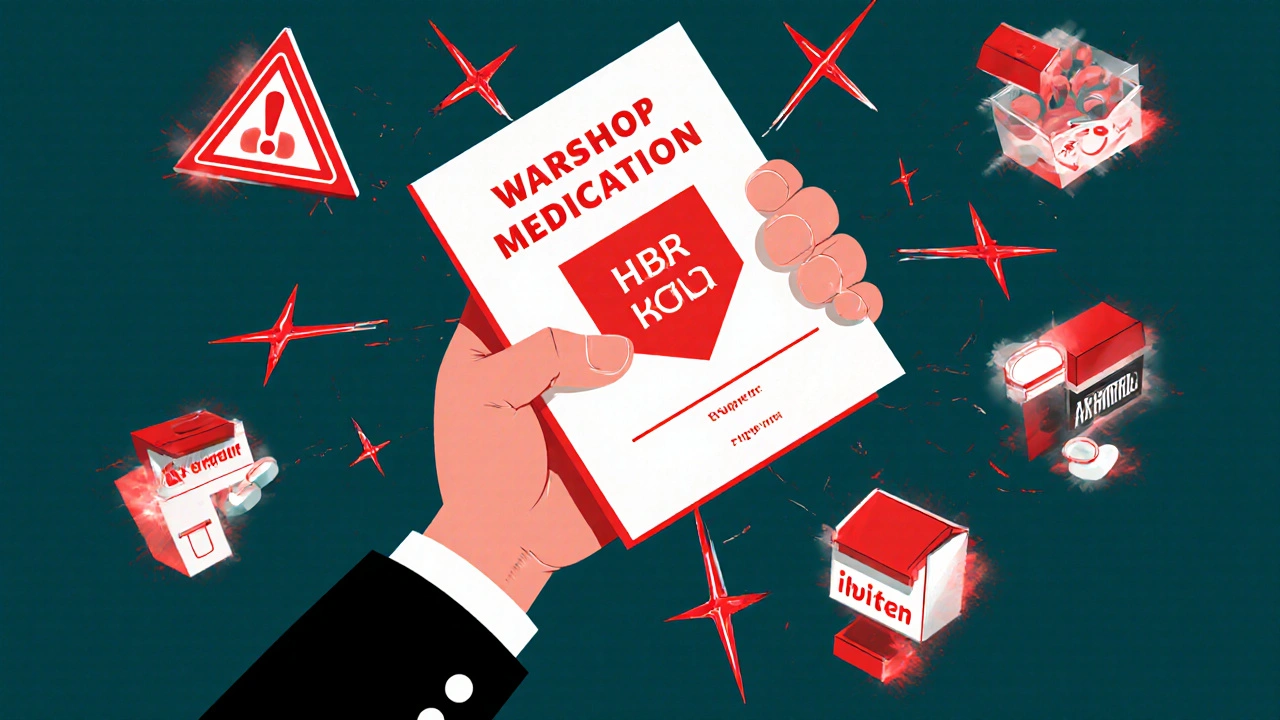
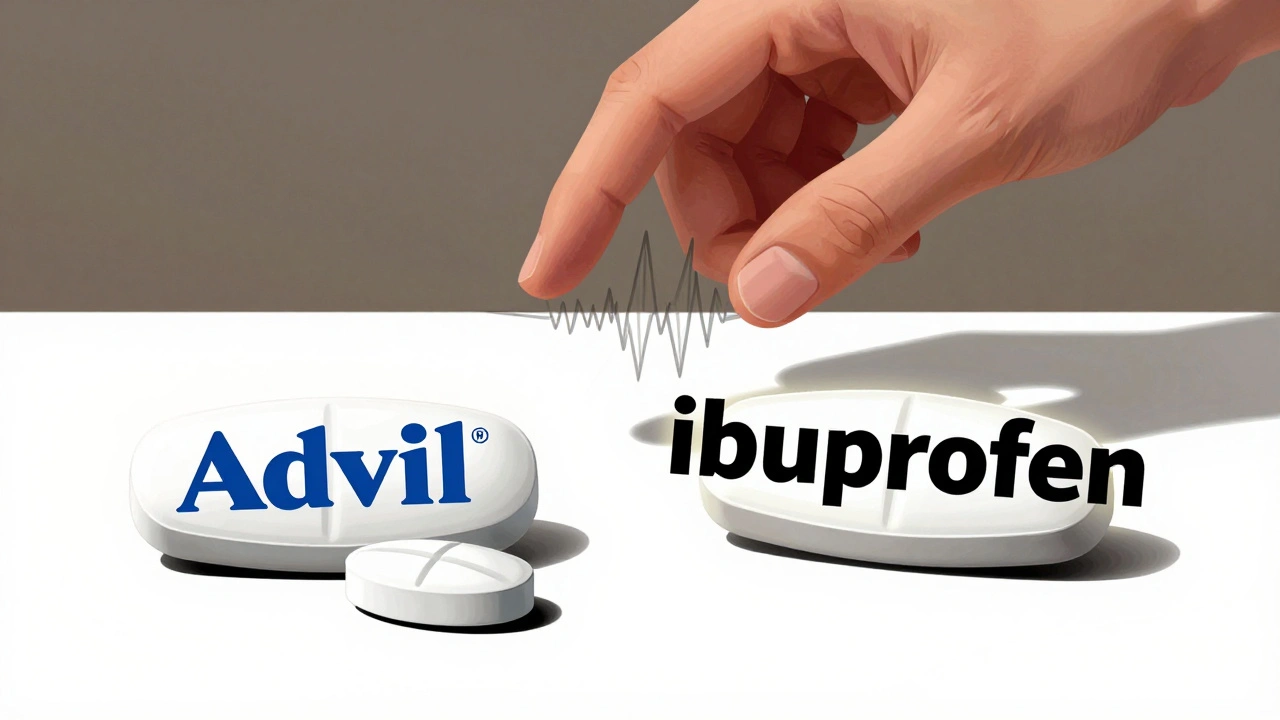
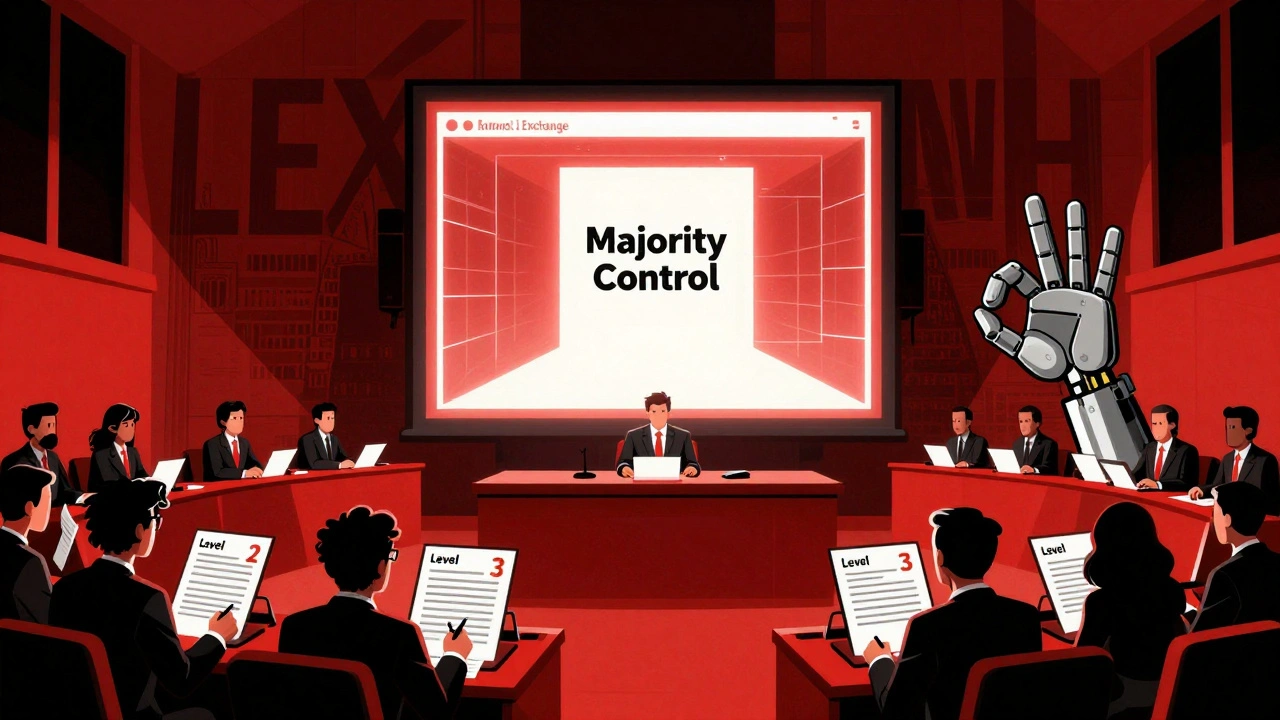
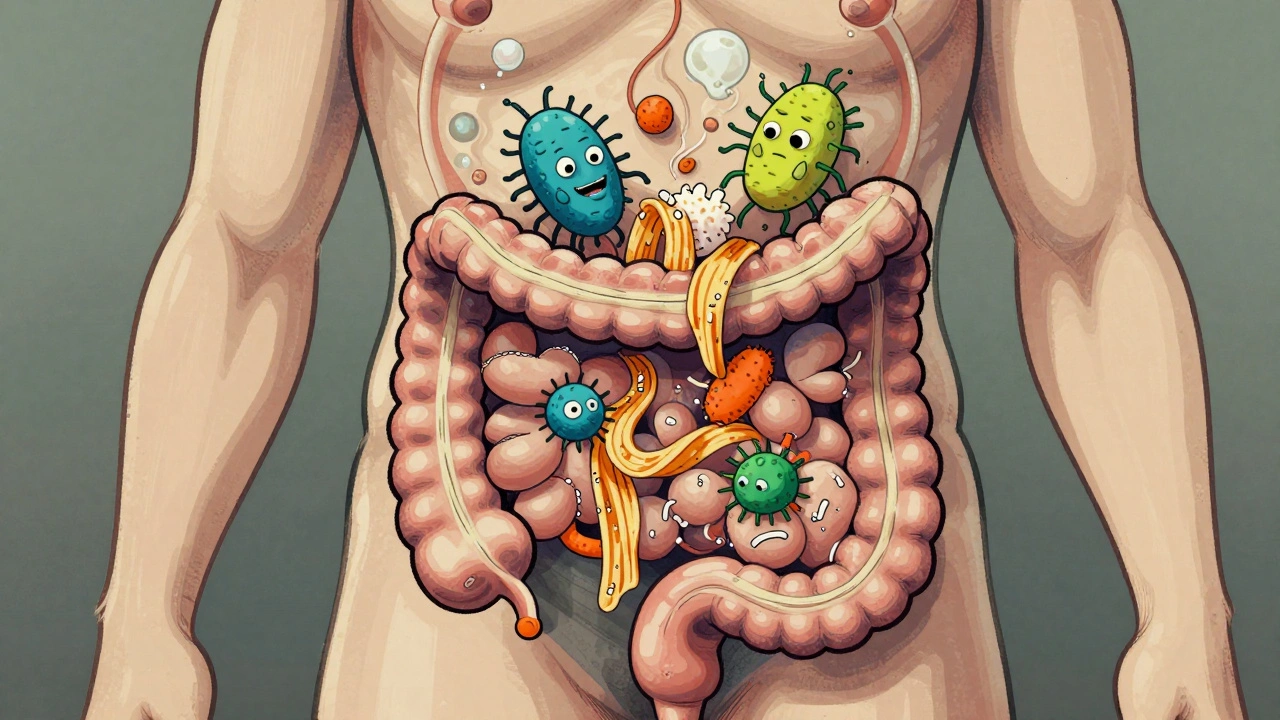
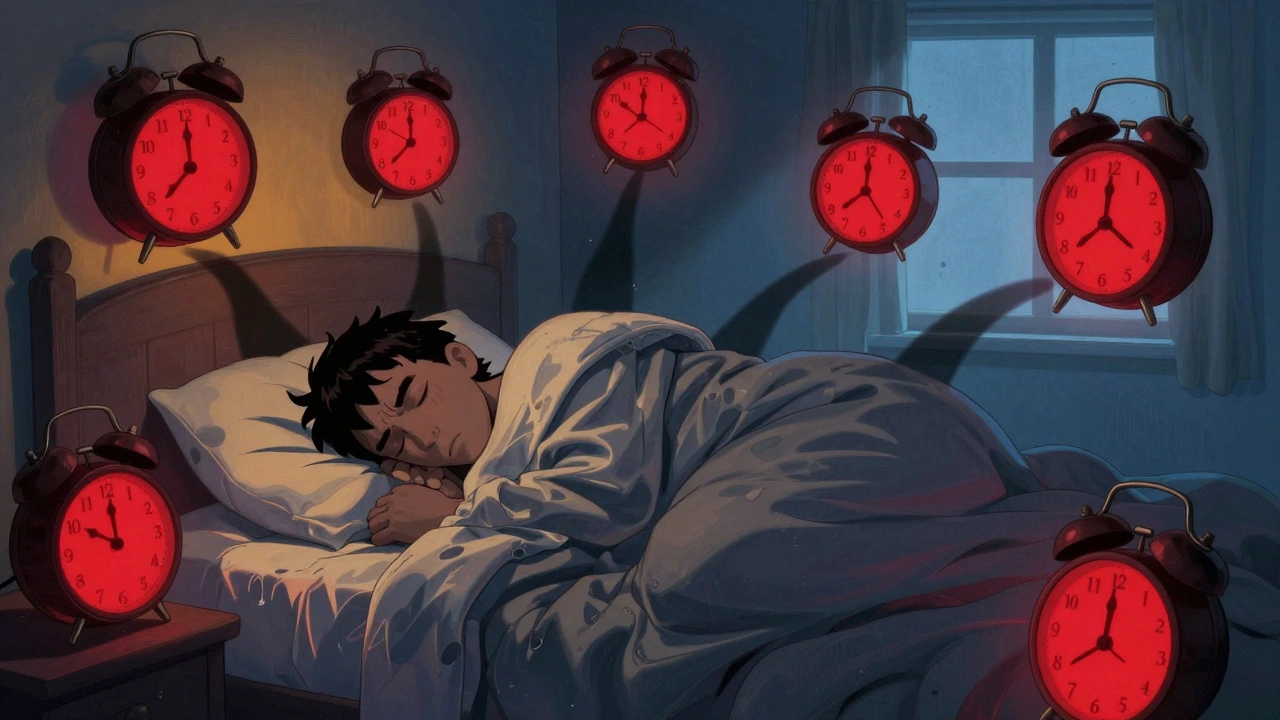

Mira Adam
November 26, 2025 AT 19:05Why do people still read paper inserts? My phone scans the QR code and tells me everything in plain voice, even flags my grandma’s fish oil as a warfarin risk. The old way is a relic.
archana das
November 27, 2025 AT 22:22When I first came to the US, I thought medicine was just pills. Then I saw my aunt take 12 different things and realized-no one explains this. This guide? It’s like a map for survival. Thank you for writing this.
Jauregui Goudy
November 29, 2025 AT 02:05Let me tell you something real-I used to skip the inserts until my cousin ended up in the ER after mixing melatonin with his blood pressure med. The guide said ‘use with caution.’ He thought that meant ‘it’s fine.’ It’s not. It means ‘your heart might stop.’ Don’t be that guy. Read it. Every. Single. Time.
Emma Dovener
November 29, 2025 AT 02:24As a pharmacist, I see this every day. People think ‘minor’ means ‘ignore.’ But if someone’s 78, diabetic, and on five meds? A ‘minor’ interaction can become a crisis in 48 hours. Always ask. Always check. Your pharmacist isn’t just selling you pills-they’re your last line of defense.
Sue Haskett
November 29, 2025 AT 11:45So many people don’t realize that ‘avoid grapefruit’ isn’t just about grapefruit-it’s about the whole citrus family! Pomelos, Seville oranges, even some tangerines! And don’t even get me started on how turmeric messes with blood thinners! I keep a printed cheat sheet taped to my fridge. You should too!
reshmi mahi
November 30, 2025 AT 01:55USA thinks it’s so smart with QR codes and FDA rules… but in India, we just ask the chai-wallah doctor and hope for the best 😅
laura lauraa
November 30, 2025 AT 07:23It’s tragic, really. The system is designed to protect you… but only if you’re literate, have time, access to a pharmacist, and aren’t too exhausted from working three jobs to afford the meds in the first place. This guide is beautiful. It’s also a symptom of a broken system that expects patients to be medical detectives.
Sam HardcastleJIV
December 2, 2025 AT 02:02While I appreciate the meticulous structuring of this exposition, I must posit that the underlying epistemological assumption-that laypersons can reliably interpret clinical risk stratification without formal training-is both empirically dubious and ethically precarious. The burden of interpretive labor has been externalized onto the patient, under the guise of empowerment. This is not education; it is institutionalized negligence dressed in Helvetica.
Gayle Jenkins
December 2, 2025 AT 09:08Sam, your comment is valid-but here’s the thing: you don’t need to be a doctor to understand ‘DO NOT TAKE WITH NSAIDS. BLEEDING CAN BE FATAL.’ That’s not a puzzle. That’s a siren. The system fails when people are too scared to ask, not when the language is unclear. I’ve walked patients through this in the parking lot after pharmacy pickup. You don’t need a PhD. You need to care enough to read the bold letters.
Kaleigh Scroger
December 3, 2025 AT 10:26My mom took levothyroxine with her morning coffee for 12 years because the guide said ‘take on empty stomach’ and she thought that meant ‘not with food’ not ‘not with liquid’ and her TSH stayed at 8.5 until her new pharmacist asked if she drank coffee within an hour. That’s it. One question. One change. Her energy came back. Don’t assume. Just ask. Always.